Punnaga – Calophyllum inophyllum Uses, Research, Side Effects
Alexandrian Laurel – Calophyllum inophyllum, a source for biodiesel is used in treating skin disorders, diarrhea, osteoarthritis, rheumatoid arthritis, Kapha and Pitta imbalance disorders and more. Its
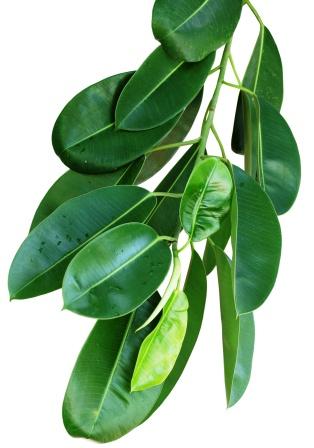
Botanical name- Calophyllum inophyllum Linn.
Family-Guttiferae (Nagakesara kula)
Table of Contents
Vernacular names
Names in different languages:
English name- Alexandrian Laurel
Hindi name- सुलतान चम्पा Sultan Champa
Kannada name – ಸುರಹೊನ್ನೆ sura honne,
Telugu name- Punnagamu, నమేరువు nameruvu, పొన్న ponna, punaga chettu
Tamil name- Punnagam, புன்னை Punnai
Malayalam name – പുന്ന Punna
Bengali name – Sultan Champa, Kaat Champa,
Marathi name – उंडी Undi, उंड Unda, सुरंगी Surangi पुन्नाग punnag
Common name: Beauty Leaf, Alexandrian laurel
oriya= tungakesara
Urdu= سرپن surpun
Konkani= उंडी undi, उंगम unga
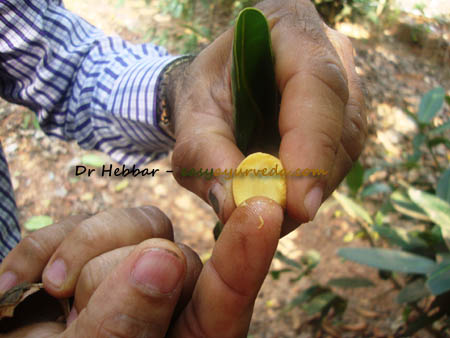
Sanskrit synonyms
Tunga, Padma Kesara, Kinjalka, Deva Vallabha, Vibuddha, Punnama, Patali Pushpa, Patali Cchada, Kesara, Rakta Kesara, Kanchana, Suraparni, Sugandha, Purusha, Puman,
Rakta pushpa – red flowers
Rakta renu – red stamens
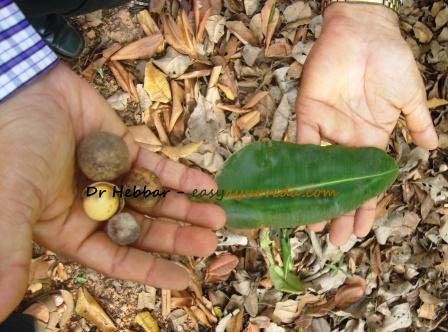
Classical categorization
Kaiyadeva Nighantu – Aushadhi Varga
Raja Nighantu – Karaveeradi Varga
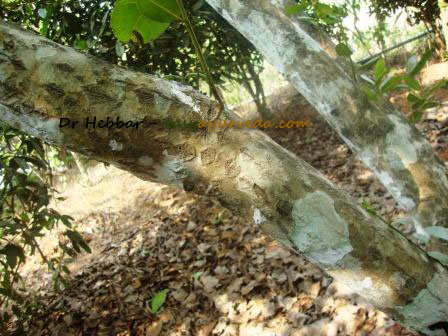
Habitat
Trees are found in Southern coastal India, East Africa, Malaysia and Australia.
In India the tree is grown widely in Kerala, Coastal areas of Maharashtra, Karnataka, Tamil Nadu, Orissa, West Bengal and Andaman.
Chemical constituents
Calophyllum inophyllum chemical constituents:
Friedelin, B- sitosterol, Canophyllol, Conophyllal, Calophylloide, (+)- inophyllolide, inophyllum A,B,&D; Calophyllin B etc. (Reference: Illustrated Dravyaguna VIjnana, Vol. II, by Dr JLN Shastry)
Root bark – xanthones, inophyllin A and inophyllin B, brasilixanthone B, tovopyrifolin C, caloxanthone B, one triterpene, friedelin and one triterpenoid, Beta-sitosterol. (Reference)
Leaves – Ethanol extract – 12-ethoxyinophyllum A (1), furaninophyllum D-1 (2), furaninophyllum D-2 (3), furaninophynone-1 and furaninophynone-2 (1:1) (4), (-)12-methoxyinophyllum A (5), isoinophynone (6), 12-methoxyinophyllum D (7), calophyllolide (8), calophyllic acid and isocalophyllic acid (1:1) (9), inophyxanthone A (10), gerontoxanthone B (11), pancixanthone A (12), jacareubin (13), pyranojacareubin (14),2-hydroxyxanthone (15),1, 5-dihydroxyxanthone (16),6-deoxyjacareubin (17),1,7-dihydroxyxanthone (18), friedelin (19), friedelan-3β-ol (20), canophyllal (21), canophyllol (22), canophyllic acid (23), canophyllalic acid (24), taraxasterol (25), stigmasterol (26), amentoflavone (27), quercitrin (28), shikimic acid (29), gallic acid (30), protocatechuic acid (31). (Reference)
Kernel oil , also called Tamanu oil – Palmitic acid, stearic acid, Oleic acid, Linoleic acid, Erucic acid
Medicinal properties
Punnaga medicinal Properties:
Rasa – Madhura (sweet), Kashaya (Astringent)
Guna (qualities) – Laghu (lightness), Rooksha (dryness)
Vipaka- Madhura – Undergoes sweet taste conversion after digestion.
Veerya – Sheeta – Coolant
Effect on Tridosha – Kapha-pitta hara – Balances Kapha and Pitta Dosha
Part used, dosage
Part used- Bark, Seed, oil
Dosage:
Bark decoction 50-100 ml, essential oil 2-5 drops ;powder 3-5 g
Sanskrit verse
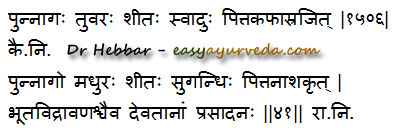
Asra – blood disorders such as abscess, skin disorders, bleeding disorders such as menorrhagia, nasal bleeding etc.
Pittahara – useful in Pitta imbalance disorders such as gastritis, burning sensation, etc.
Bhutahara – useful in psychiatric disorders
Kashaya (Decoction) prepared with bark – in a divided dose of 50 – 100 ml per day is useful in treating diarrhea, ulcerative colitis, dysentery.
Seed oil is used in small doses to treat dysuria, and urinary tract infection with pus formation (Pyuria).
Cream for burning sensation
Master Charaka has explained about a cream prepared with Punnaga, lotus, Shaivala, Utpala, Vetra (Salix caprea), Prapaundarika (Nymphaea lotus) – red variety), Amrunala (Vetiveria zizanioides Nash), Lodhra (Symplocos racemosa), Priyangu (Callicarpamacrophylla), Kaleyaka (Santalum flavum) and sandalwood . Ointment prepared of these herbs and mixed up with ghee relieves burning sensation. (Charaka Sutrasthana 3/26)
For water purification
Alexandrian laurel for water purification:
Punnaga along with Camphor, nutmeg etc are used in water purification. They also add fragrance to water. (Bhava Prakasha, Vari Varga
External application
Seed oil of Calophyllum inophyllum relieves pain on external application. It is also scraping in nature, useful to remove wound slough. It is used in treating rheumatoid arthritis, osteo arthritis and skin diseases.
Its oil, also known as Tamanu oil, is used externally to treat acne, acne scars, psoriasis, eczema, dermatitis, and allergic skin conditions.
Ayurvedic medicines
Ayurvedic medicines with Calophyllum inophyllum:
Nishosiradi Thailam – Ayurvedic herbal oil used to treat diabetic carbuncles and abscesses.
Eladi oil – useful in scabies, erysipelas and catarrh .
Asana Eladi Tailam – used in the Ayurvedic treatment of headache, ear and eye diseases.
Bonnibabe Syrup – herbal product to improve appetite and to treat digestion and eating problems in children.
Side effects
Seek medical advice for its use during pregnancy and lactation.
It can be used in children in small doses.
Interaction with medicines, supplements
Can this be used while taking Homeopathic medicine?
Yes. This product does not react with homeopathic medicine.
Can this medicine be continued while taking supplements like multivitamin tablets, Omega 3 fatty acids etc?
Yes. Generally, this product goes well with most dietary supplements. However, if you are taking more than one product per day, please consult your doctor for an opinion.
With western
medicines
Seek your
doctor’s advice if you are taking this product along with other western
(allopathic / modern) medicines. Some Ayurvedic herbs can interact with modern
medicine.
If both Ayurvedic and allopathic medicines are advised together, then it is
best to take Allopathic medicine first, wait for 30 minutes and then take the
Ayurvedic medicine.
Sthanika karma (Action on different system)
External application – Seed oil has Analgesic and scraping action and is indicated in Amavata, Joint pain, and in skin disorders. Resin has Wound healing properties.
Digestive system – Absorbent. Bark decoction is indicated in bleeding hemorrhoids, bloody diarrhea etc.
Circulatory System – Bark decoction is indicated in bleeding disorders
Excretory system – Seed is indicated in Dysuria, UTI . Soothes the Urinary tract, increases Urine output











4 comments
Brigukumar
Are there any medicines readily available with this herb?
Dr J V Hebbar MD(Ayu)Author
I have explained about a few at the bottom of the article. See above.
K M John
Where to get its seedlings and how to cultivate it and in what climatic conditions . Appreciate the efforts to taken to compile this rare informative article
Dr J V Hebbar MD(Ayu)Author
Please contact Mr Shashikumar – [email protected] He may help in getting the seedlings and may provide cultivation information.